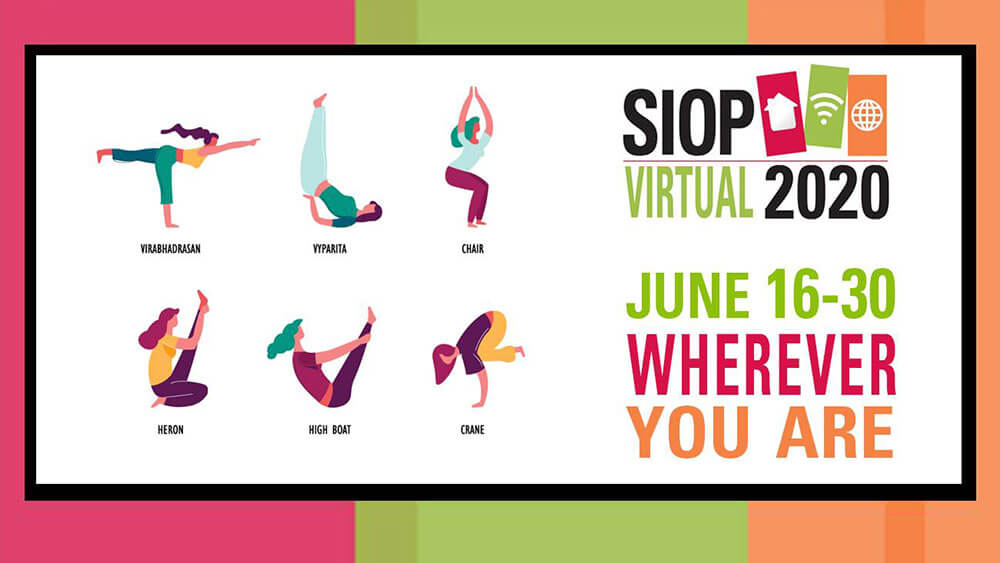
The Society for Industrial and Organizational Psychology had fun with the marketing campaign for its first virtual event, but the group was serious about keeping planned content from the live meeting intact when it shifted to online.
When COVID-19 forced the Society for Industrial and Organizational Psychology (SIOP) to cancel its annual conference in Austin, Texas, shortly before it was scheduled to take place April 22–25, organizers wondered what to do with its fully planned program. On top of that, the idea of going digital was “completely and 100-percent new” to SIOP, said Scott Tonidandel, Ph.D., SIOP’s 2019-2020 conference chair.
SIOP immediately convened what Tonidandel, a professor of management in the Belk College of Business at the University of North Carolina at Charlotte, called a “small emergency task force” — including Tonindandel and others involved in overseeing the event’s programming for 2020 — to figure out next steps.

Scott Tonidandel
The conference, geared toward its 10,000 members who are students and practitioners working in industrial and organizational psychology, typically runs hundreds of sessions — up to 21 concurrent sessions at a time — over the course of three days, and attracts around 5,000 attendees each year.
Those presentations go through a rigorous peer-review process and are chosen from approximately 1,500 submissions. “Everything gets in by virtue of you getting peer-reviewed [by members] and your peer-review scores are higher than the other people trying to get in,” Tonidandel said. He was concerned this work, and the rigorous and fair process of accepting submissions into the conference program, would be lost if SIOP decided to create new content for the digital-only medium. Therefore, the task force constantly operated under the question of “What degree of freedom do we have to choose content?” he said, and they kept brand-new session ideas to a minimum.
Tonidandel also was mindful that simply pushing the already-reviewed presentations to 2021 would create challenges for that event. “With a conference of our scale that gets 1,500 submissions every year, if we take all of those submissions and we add another 1,500 on top of that for next year — one, I don’t know how we would ever review all of those,” he said, in addition to not having enough room in the program to include all of the highest-ranked submissions.
The task force settled on two weeks of approximately 500 sessions for 2,000 online attendees from June 16–30, the majority of which were carried over from the planned live event.
In addition to keeping the peer-reviewed presentations intact for the digital program, Tonidandel recognized that presenters who were scheduled to speak at a live event in April may not be available in late June. So the sessions were planned to be asynchronous, with presenters pre-recording their content and the event taking place over a two-week period to ensure they had time to film their sessions and attendees had time to view them. Content was also available to members throughout the month of July.
As Tonidandel and his colleagues were also figuring out the virtual event program while working from home, homeschooling their children, and dealing with the struggles many other professionals faced at the beginning of COVID-19-related lockdowns, he said they operated under another principle that is no doubt the way industrial psychologists approach their work and their lives overall. “We certainly wanted to try and make decisions,” Tonidandel said, “that would preserve our sanity as well.”
Casey Gale is an associate editor at Convene.
